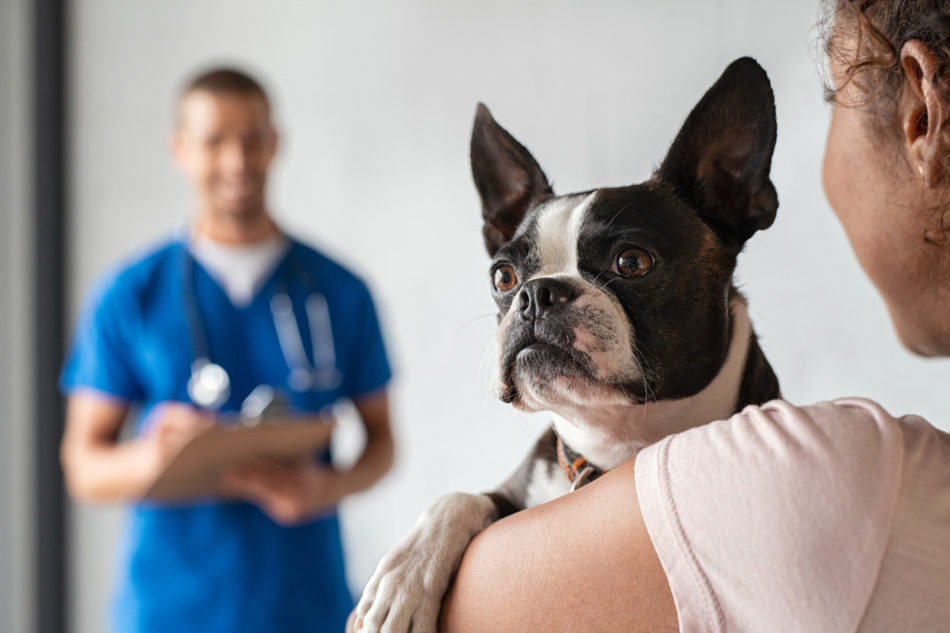The U.S. Centers for Disease Control and Prevention (CDC) confirmed on April 22 that officials had diagnosed the first two cases of SARS-CoV-2 in pets in the country. Two cats living in separate areas of New York State developed a mild respiratory illness, but both are expected to make a full recovery.
Still, the CDC says that there’s little-to-no risk of pets transmitting the virus to humans, given that there is no specific evidence showing this type of transmission has ever happened. Globally, only two dogs and two other cats have tested positive for the virus, according to the American Veterinary Medical Association (AVMA). “That’s why in the U.S. we’re really not pushing hard to test pets at all,” says William Sander, assistant professor of preventive medicine and public health at the University of Illinois’ College of Veterinary Medicine.
A tiger at the Bronx Zoo tested positive for SARS-CoV-2, the virus that causes COVID-19 in humans, but, says Karen Terio, chief of the Zoological Pathology Program at the University of Illinois’ College of Veterinary Medicine, “A tiger is not a domestic cat, they are a completely different species of cats. To date we have no evidence of the virus being transmitted from a pet to their owners. It’s much, much more likely that an owner could potentially transmit it to their pet.”
In the case of one of the New York cats diagnosed with the virus, the cat’s owner had tested positive for COVID-19 before the cat showed any signs of illness. In the case of the second cat, no individuals in its household were confirmed to be ill from the virus. The CDC says the second cat was likely infected by either a mildly ill or asymptomatic household member or through contact with an infected person outside its home.
Terio adds that there is still much that is unknown. If your pet, for example, did contract the virus, it is not clear whether signs of infection would show themselves in the way they do in humans. Out of caution, the CDC and AVMA recommend that sick humans stay away from their animal companions. “Just like you’re keeping your distance from other people, try to have somebody else in your house take care of your pet, just to be overly cautious,” Sander says. If you are sick or showing symptoms and you have to take care of your pet, the CDC recommends avoiding snuggles or touching your pet, and washing your hands thoroughly before and after feeding.
After the diagnoses of the two New York cats, the CDC offered additional guidance: Keep cats indoors when possible to keep them away from other animals and people. And for dogs, keep them on a leash and at least 6 feet away from other animals and people, and avoid dog parks or public places where large amounts of people and dogs gather.
Can the COVID-19 virus live on my pet’s fur?
Studies have shown that SARS-CoV-2, the virus that causes COVID-19, can live on a variety of surfaces for several hours or days. But none have tested dog or cat fur.
In an email to TIME, the American Veterinary Medical Association stated that while the virus can be transmitted by touching a contaminated surface or object and then touching your nose, mouth or eyes, “this appears to be a secondary route. In addition, smooth, non-porous surfaces such as countertops and doorknobs transmit viruses better than porous materials; because your pet’s hair is porous and also fibrous, it is very unlikely that you would contract COVID-19 by petting or playing with your pet. However, it’s always a good idea to practice good hygiene around animals, including washing your hands before and after interacting with them.”

